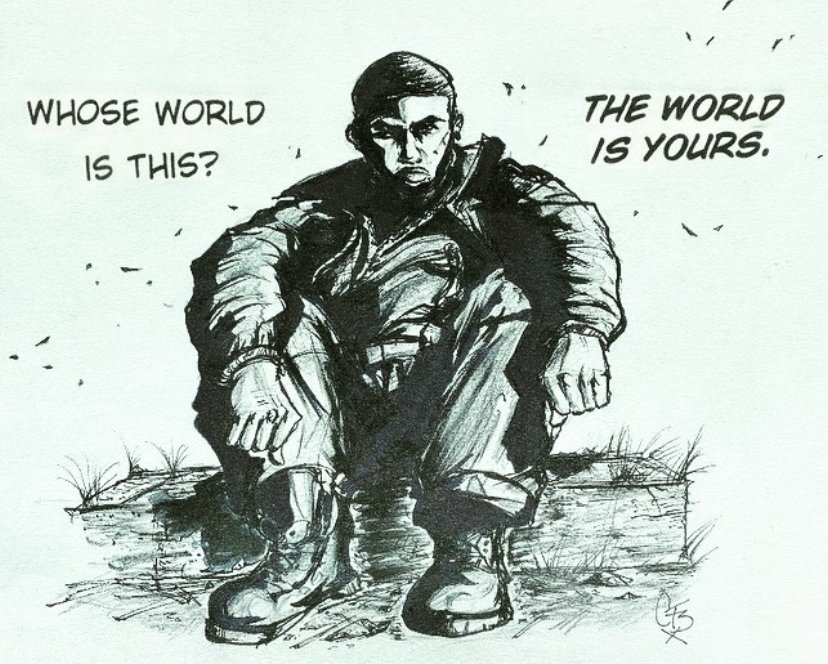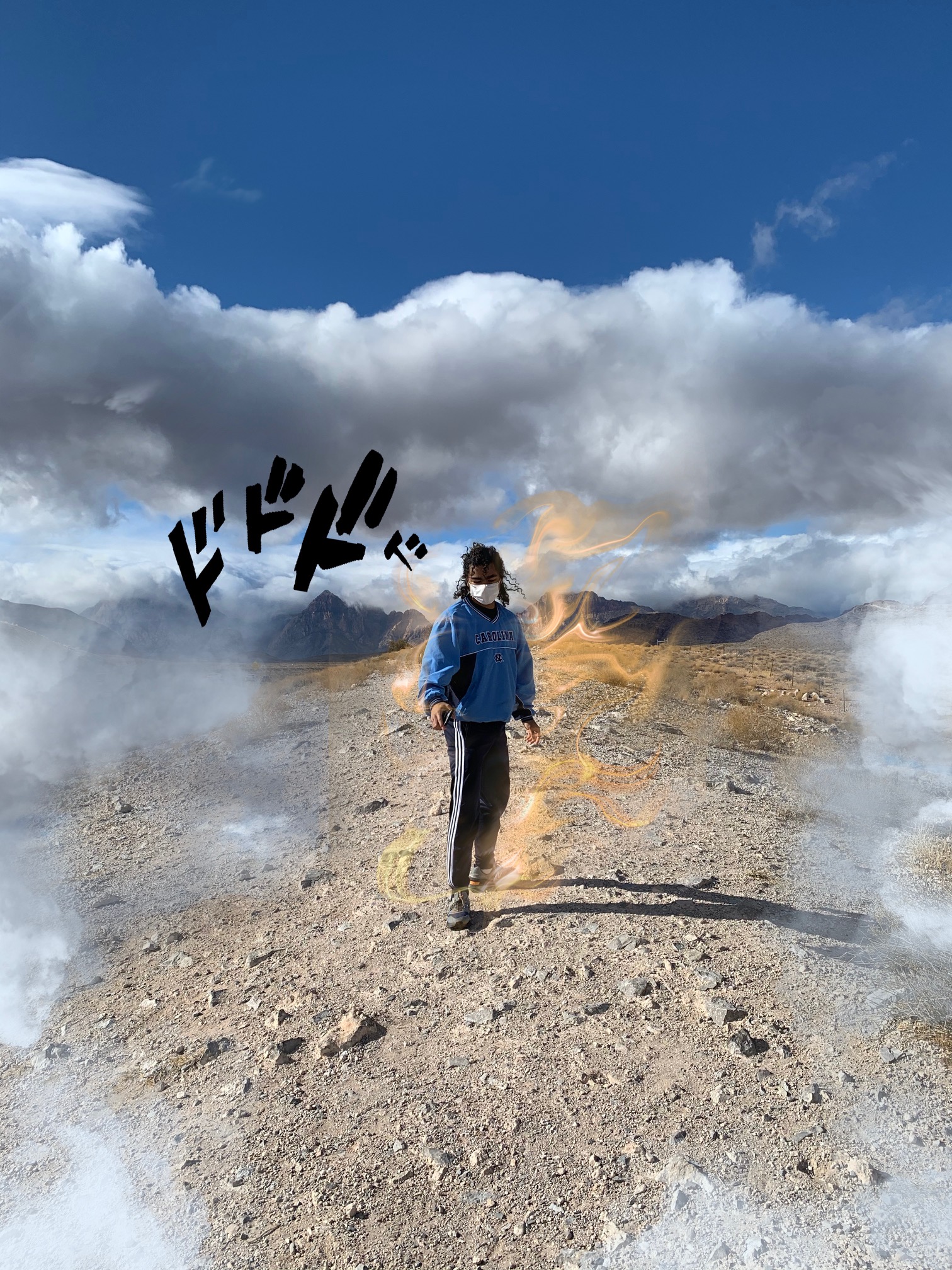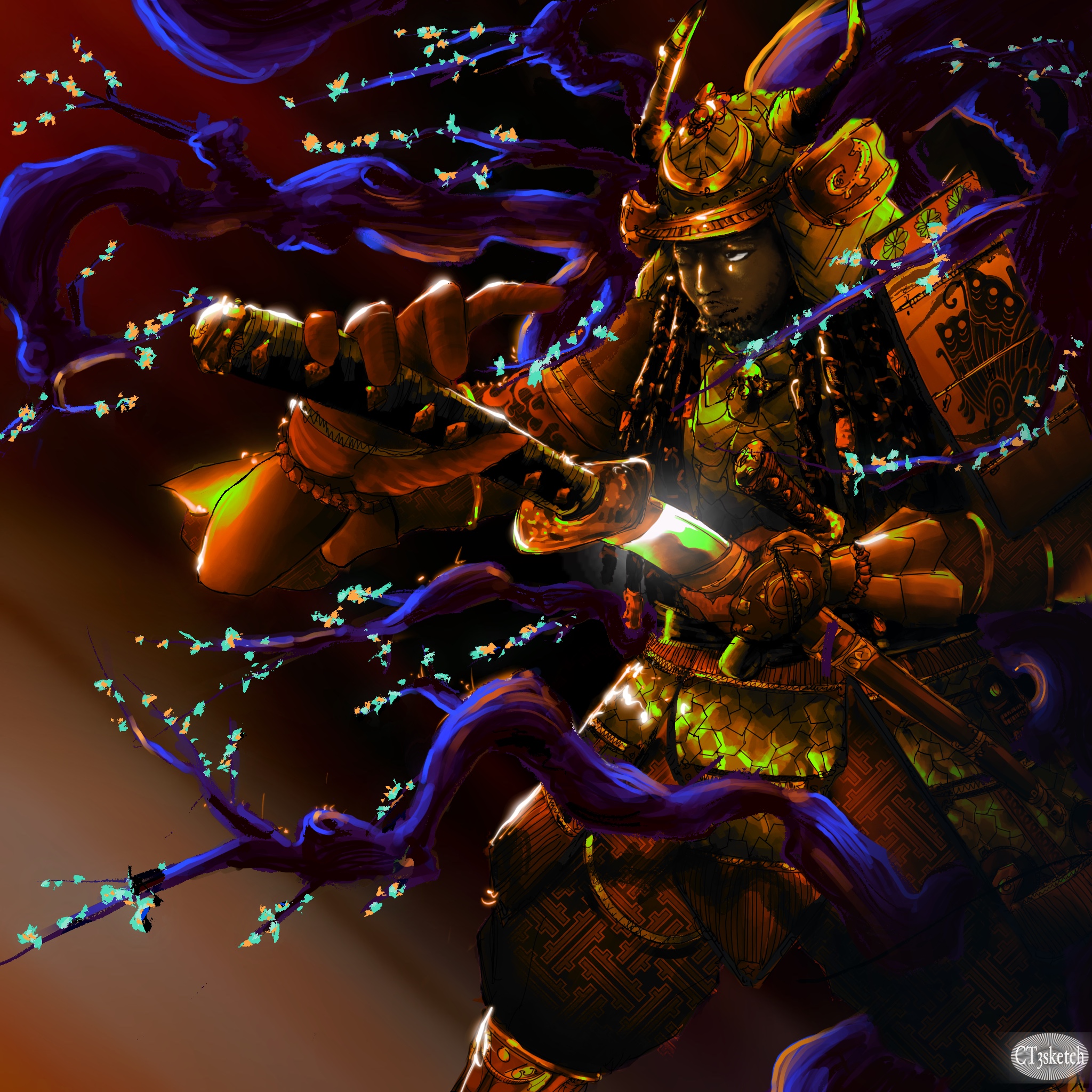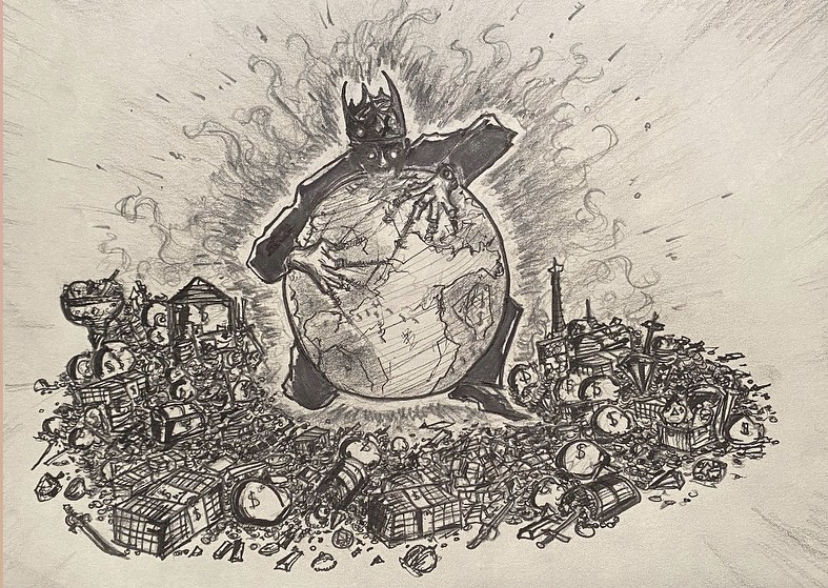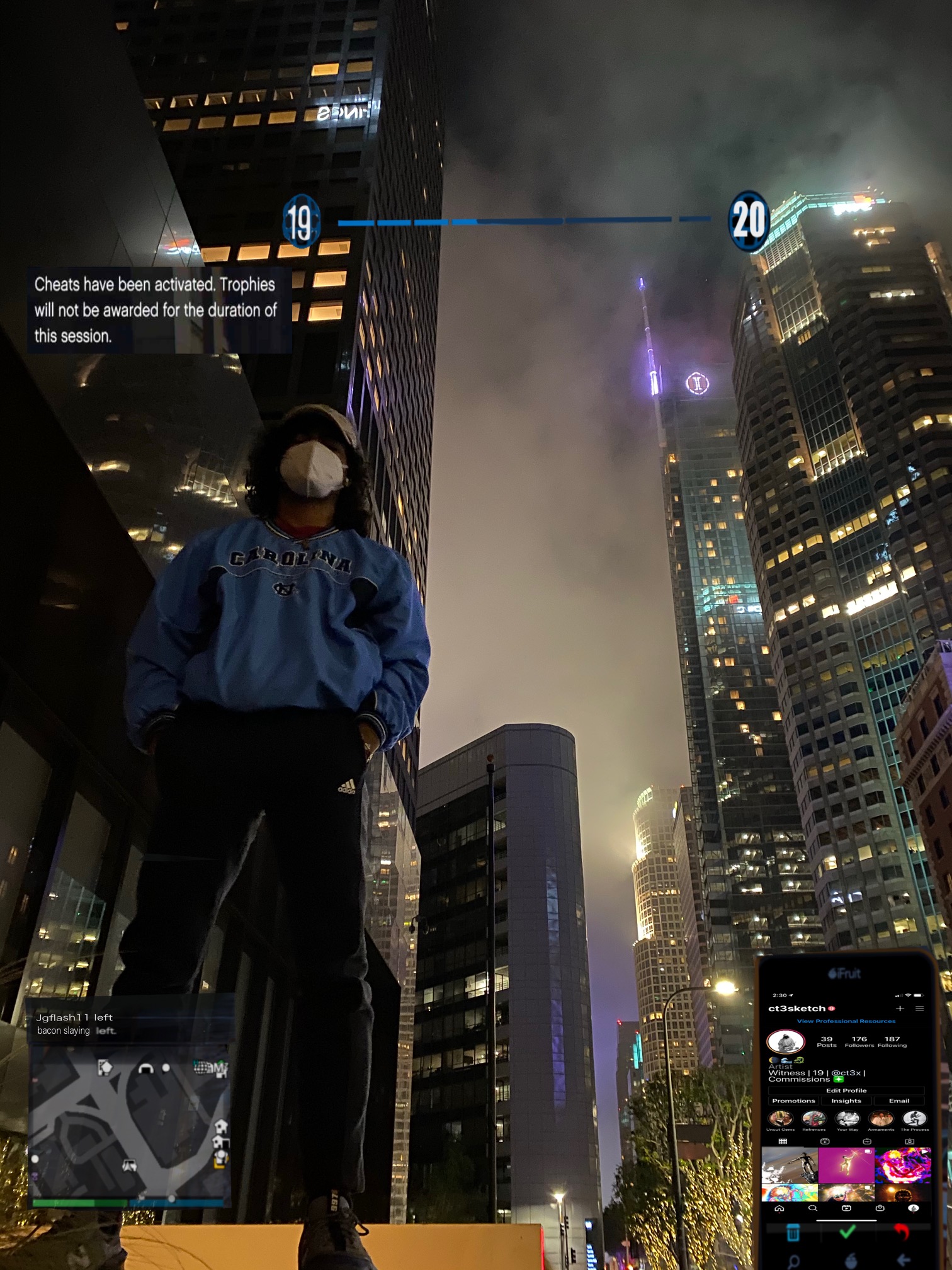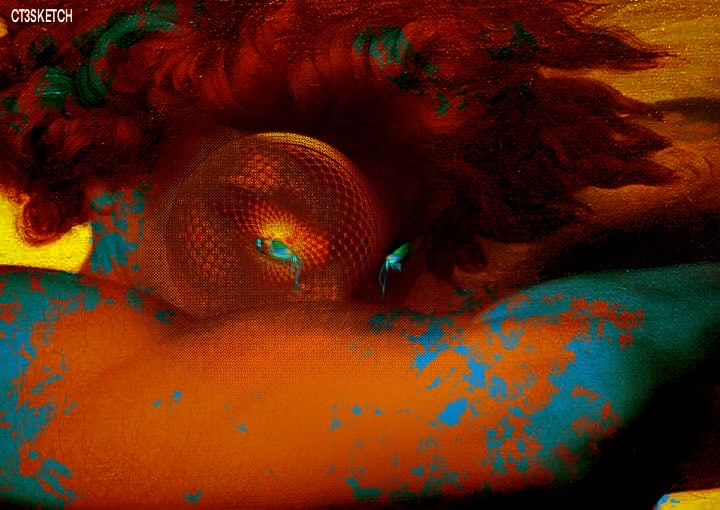On AI, On Code, On Emerging Tech
The strangest thing to me when I became an Art Director was realizing that most Art Directors aren’t actually artists. I guess “art” is a broad word now, and a lot more truly does count as art. And it’s all valid—but to be honest, I was surprised how many Art Directors are just really talented at being the latter word—directors.
And there’s nothing wrong with that. After all, it’s their job. But to my shock and awe, some folks didn’t have an inkling of illustrative ability, graphic talent, or any fancy tricks we artists like to show off—they just knew intimately what does and doesn’t work. They are “idea guys,” and superb at it. And there is nothing wrong with this—it’s how it should be…I think? After all, their title isn’t “Illustrator,” “Designer,” or “Editor.”
I was an artist before I was an Art Director. And I thought that’s how it was for all. But that’s not the case. The ability to leverage tools, software, industries of scale, people, production and so much more to make an end product is competitive, efficient, smart, and how to get shit done. It’s how you get anything done. And it often turns out work that’s good, and sometimes even excellent. This is the world of business—of corporate creativity.
So, with all this said, I hear a lot of critiques about AI and other emerging technologies in this field and beyond. I’d say a lot of them hold some serious weight – I’d even say I’m one of them. I’ve also become one of those people who actually wince at the amount of times I hear those two vowels a day. It almost feels like Web3. But, truthfully in the context of what I just noted, some of the critiques are in my opinion, hypocritical, unfounded, and lack the respect of what the tech is.
AI is a tool. Sure, it’s a cliché to call it that, but clichés stick because they’re true. What AI is best at, is the heavy lifting—the grind work. It’s the assistant who never sleeps, who can iterate logos 20 different ways in five minutes, or draft dozens of captions based on tone or style guidelines. It’s fast, relentless, and, at times, dazzling. But it doesn’t yet have the autonomy of craft, of human expression.
It might seem so, but people who truly understand these technologies realize that human input is what really matters – what separates slop from special. I’ve seen my peers use this technology to produce the cheapest, blandest, and honestly, most mediocre work I’ve ever seen. But, I’ve also seen it used seamlessly to make great idea more expansive than it was by itself. Again, this all comes down to the craft.
AI can lay the bricks, but it’s still us who must make the building. That’s where the difference lies, and it’s why the critiques about AI sometimes feel contradictory. Those who balk at AI replacing craft and soul in creative work have ground to stand on, but need to zoom out a bit. As they are often the same ones who’ve mastered the efficiency game themselves. Leveraging tools, systems, and workflows that prioritize output over process isn’t new; it’s what we’ve been doing for years. AI, when understood and implemented correctly, does that better. To this point, the technology is also as impressive as it is new – we complain about it being too good, but also about it not being good enough – yet three years ago, we didn’t have anything close to a 125IQ infinitely available personal assistant accessible from a screen almost anywhere! This is most certainly a force to be reckoned with.
However, what’s fascinating to me is how the tools don’t democratize taste—but rather access. When everyone has access to the same engines, GPT models, and design software, the separation will always come down to again, craft. What do you make that no one can?
Right now, I see a good amount of mid with everyone thinking that AI is a silver bullet for anything creative. It’s everywhere now, and people can tell – sometimes it’s like the internet equivalent of throwing shit in the sewer, other times it’s alchemy in the golden age. That’s why both direction and craft have to be had in the users - especially us advertisers.
Because now the future is actually starting to look like the future. You’ve got VR that looks like Ready Player One (and also a little nerdy, cool, but nerdy), blockchain redefining ownership and value from BTC to shitcoins, to quantum computing unraveling new complexities and new scares. So many trends, so many shiny buzzwords. Do they add meaning or magic? Or is it just noise and nonsense? That’s for us humans to decide.
I think has all led us out of the age of telling truck drivers to code instead, now we just tell them to talk to GPT. However, there’s something in that. After all, I was able to teach myself how to code via some LLMs, and I’ve become just so much more competitive - there are times when to be the idea guy, and eventually you become a little technical yourself. Granted, I did take some classes at University, but I wasn’t “cracked” as the kids say.
But through using my ability to talk to a computer, I was able to teach myself to make this site while also actually getting it done (It’s still WIP, I know, shhh). It was also how I was able to work hand in hand with executives at TBWA and Omnicom to build out AI tools and data analysis scripts as an intern Art Director. I’m not making that shit up either.
In the land of the blind, the one-eyed man is king. Artificial Intelligence has granted me the privilege to truly see this quote at play. Earlier I noted my gripes with being just a director, with no trade to your bag. And I still feel that way, but these machines have allowed me to be a director to an unrelenting, highly intelligent, and infinitely available servant and teacher who has genuinely upskilled me across verticals, and straight down them. It’s in part how you’re reading this right now.
So no, you don’t have to be a developer to be an Art Director, but I think that if you want to be special in this modern age, if you want to be a better director…I’ve seen that knowing how the pieces fit—how APIs stitch platforms together, or how to train a model on a client’s brief—it makes you sharper. Just like one should know the difference between a vector file and a jpeg, what color theory is, and just why the logo is ok being a bit smaller. It’s less about being the one who writes the code or the prompt, and rather about understanding the (new) rules of the game. It’s like if you were in feudal Japan, and only stuck to your sword instead of adding a rifle to your arsenal.
I believe there are new and great spoils that exist for those who are mastering the balance between craft and computation, between the human touch and the mechanical edge. I also believe that great spoils exist for the creators who never abandon their work and their talents, and that “made by a human” will drive a respectable premium come soon. I also firmly hold it is necessary we creatives, we artists, and we advertisers understand technology this before the money completely places it out of reach. They want you to cry on Twitter about it, because they know that’ll be the most of it. They do not need you to comprehend just what wicked and powerful tools they are using - that’s how they obfuscate, hiding the “method.” And yet, they do not fully grasp the soul and essence of what we do as creators. The best of both worlds is made from a bridge.
So we have these tools now, and we’re still the ones telling the story. And we should always be the ones telling the story. The difference is that our tools have never been sharper, faster, or more capable. That’s dangerous, but also highly effective. Exciting even. It’s not a question of whether the tools are good or bad—it’s what are we doing with them?
And if you’re worried about AI replacing your job, remember this: AI can’t curse out account people with their partners over $6 happy hour old fashions, only to turn around something kick ass the next day with a labor of love and heart.
It can help though. Cheers.
Also, who the fuck has Ben Affleck been hanging around? This take is great.



